Darkness Redux: Has the Children’s Novel Lost Its Way?
 Oh, heavens above, didn’t we just cover this earlier this year?
Oh, heavens above, didn’t we just cover this earlier this year?
It seems a recent article in The Times has everybody buzzing like a little hive o’ bees. The piece is No More Adventures in Wonderland by Harvard folklore professor Maria Tatar and in it she discusses darkness in contemporary children’s books versus books for kids in the past. It’s essentially a better written version of that Wall Street Journal piece from a couple months ago but with a different focus. For example, in this article the author laments the rise of dark material in books for kids saying at one point, “. . . it is hard not to mourn the decline of the literary tradition invented by Carroll and Barrie, for they also bridged generational divides. No other writers more fully entered the imaginative worlds of children — where danger is balanced by enchantment — and reproduced their magic on the page.”
As you might imagine everybody just loved that line.
I haven’t read all the responses to this piece yet, but I have heard a couple discussions of it. Nina Lindsay at Heavy Medal brings up something that I wondered myself. Tatar at one point quotes the first line from Neil Gaiman’s The Graveyard Book. Says Nina, “I have to wonder if she really read The Graveyard Book, which I found to be much more in tone with the books-of-yore she misses, ones in which ‘danger is balanced by enchantment’.” Agreed. In the comments Jonathan Hunt wonders if Ms. Tatar has read enough contemporary children’s fiction to speak of the trends in the field. Then over at Educating Alice Monica offers a more supportive take on the piece and commenter Judith Ridge speaks out against the knee-jerk reactions that come when YA literature is criticized in any manner.
ADVERTISEMENT
ADVERTISEMENT
Actually, it was the YA nature of the piece that bugged me more than anything else. To my mind the piece suffers, in part, because its author is lumping YA literature in with children’s literature. I think that when examining books for children you should stick to books for kids and not teens. I would acknowledge that since “YA” is a new term, Ms. Tatar is probably lumping all books for youth in the past with all books for youth in the present together, but I would have preferred that she mention that fact somewhere along the line.
But let’s unpack this a little. Ms. Tatar says at one point, “the savagery we offer children today is more unforgiving than it once was, and the shadows are rarely banished by comic relief.” Harry Potter not counting, apparently, the idea that the books today are more unforgiving is interesting. Recently the blog The Little Professor located a best books for children list from a January 25, 1900 edition of The Daily Mail. It reads:
1. Robinson Crusoe
2. Andersen’s Fairy Tales
3. Alice in Wonderland
4. Tom Brown’s Schooldays
5. Pilgrim’s Progress
6. Grimm’s Fairy Tales
7. Little Women
8. Arabian Nights
9. Little Lord Fauntleroy
10. Alice through the Looking-Glass
First off, impressive that almost all these books are still household names (and we’ll make allowances for Tom Brown’s Schooldays since it’s likely that books like Harry Potter couldn’t exist without it). Are contemporary books for children (not teens) titles that contain a “more unforgiving” savagery than these titles? Well, assuming that Ms. Tatar, a professor of folklore mind, is not counting the Grimm stories because they were written earlier than the era she is talking about, I would point out that they still made the top ten list in 1900. And if you want to talk about humorless savagery, the Grimms fairly invented the idea. All this goes for some of the tales in Arabian Nights and Andersen’s fairy tales as well. And don’t even get me started on old Tom Brown.
Maybe my favorite reaction came from Alison Morris, former Shelftalker blogger, who emailed me about the piece and pointed out that this conversation has been done to death. Said she:
“I want to tell authors like Ms. Tatar that if you want to write an interesting article along these lines, write about the way we raise our kids today, the way we socialize and sexualize them younger and younger and make them into miniature adults, and then look at how THAT has impacted the changes (if you can claim they exist) in the types of reading material that today’s kids are reading for. Or write about the rise of dystopian fiction on YA shelves and ask why this is happening during a recession. What does it say that kids are going after these books these days? Or look at what fantasy means NOW to your average reader. What types of fantasies are teen girls going for these days – the ones where the girl falls for the vampire/werewolf/fallen angel/insert-paranormal-here down the street. Write about the fact that girls in gowns are appearing on book jackets everywhere. ”
Better than that, I could not put it.
Filed under: Uncategorized
About Betsy Bird
Betsy Bird is currently the Collection Development Manager of the Evanston Public Library system and a former Materials Specialist for New York Public Library. She has served on Newbery, written for Horn Book, and has done other lovely little things that she'd love to tell you about but that she's sure you'd find more interesting to hear of in person. Her opinions are her own and do not reflect those of EPL, SLJ, or any of the other acronyms you might be able to name. Follow her on Twitter: @fuseeight.
ADVERTISEMENT
ADVERTISEMENT
SLJ Blog Network
2024 Books from Pura Belpré Winners
Winnie-The-Pooh | Review
Parsing Religion in Public Schools
Finding My Own Team Canteen, a cover reveal and guest post by Amalie Jahn
ADVERTISEMENT

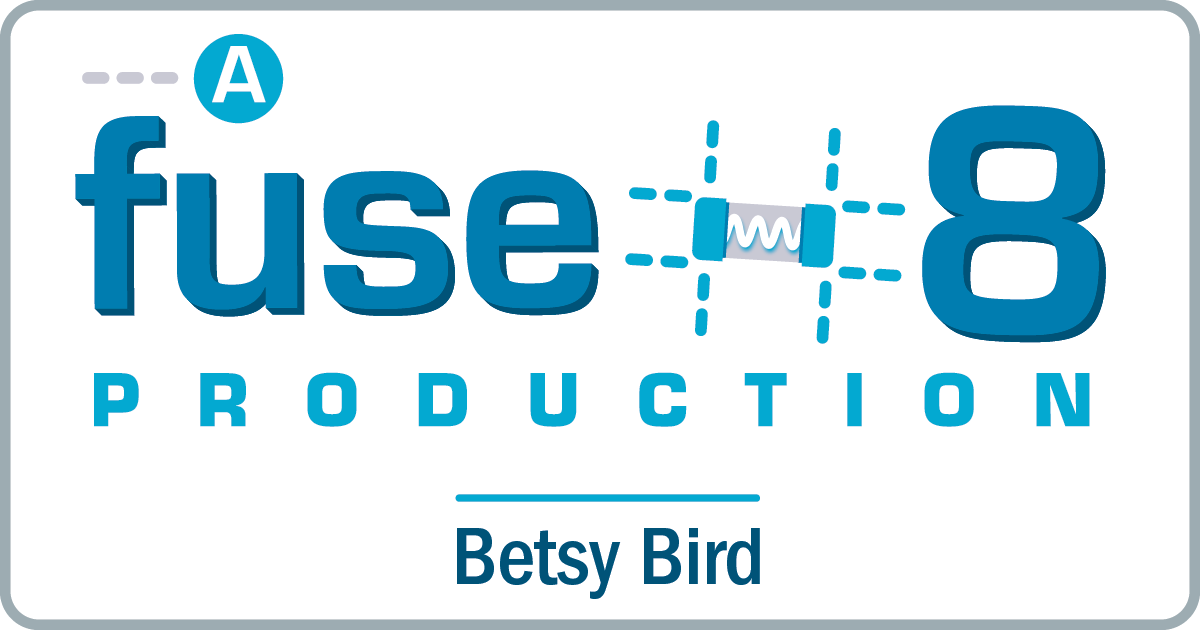

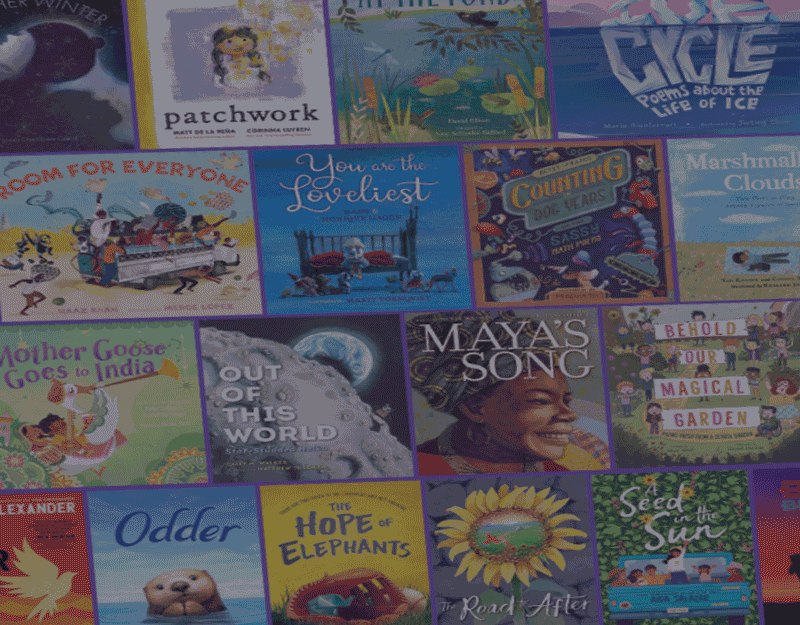

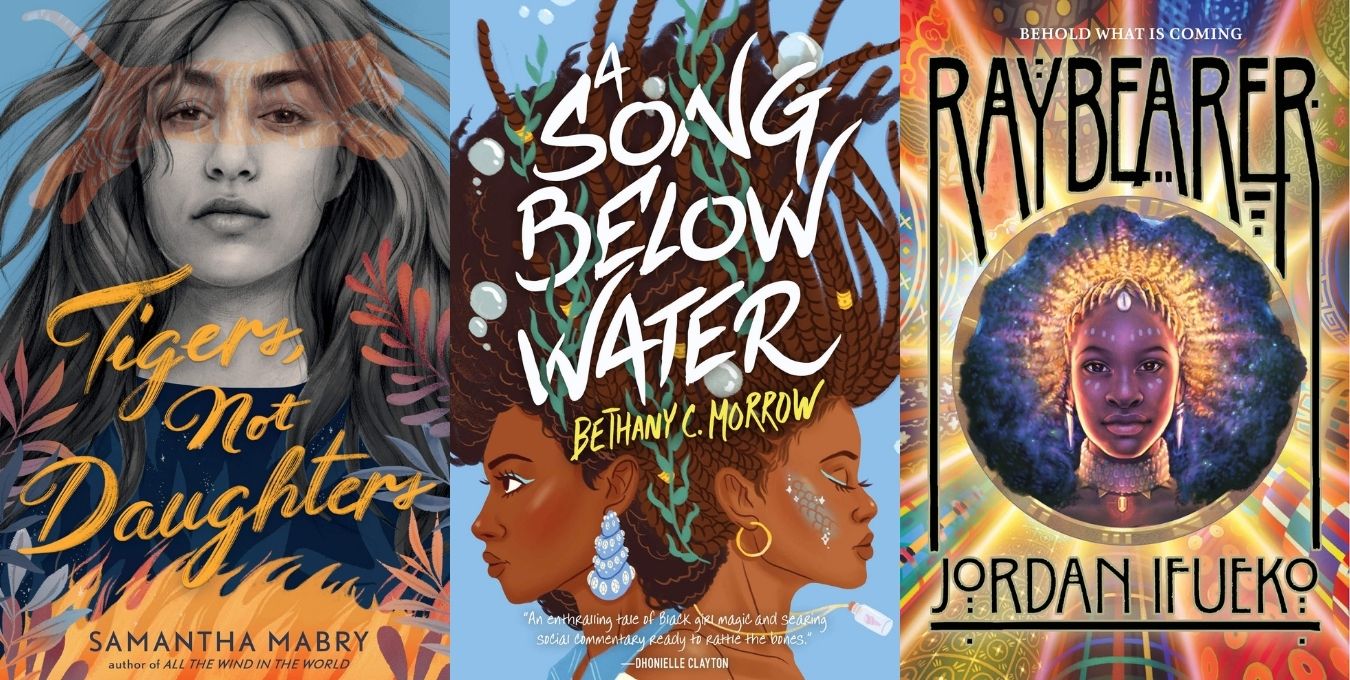
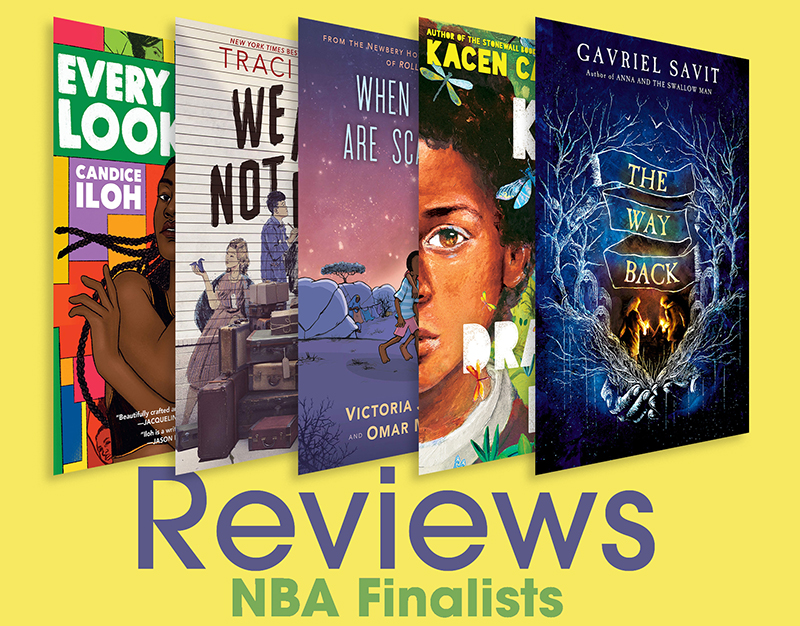
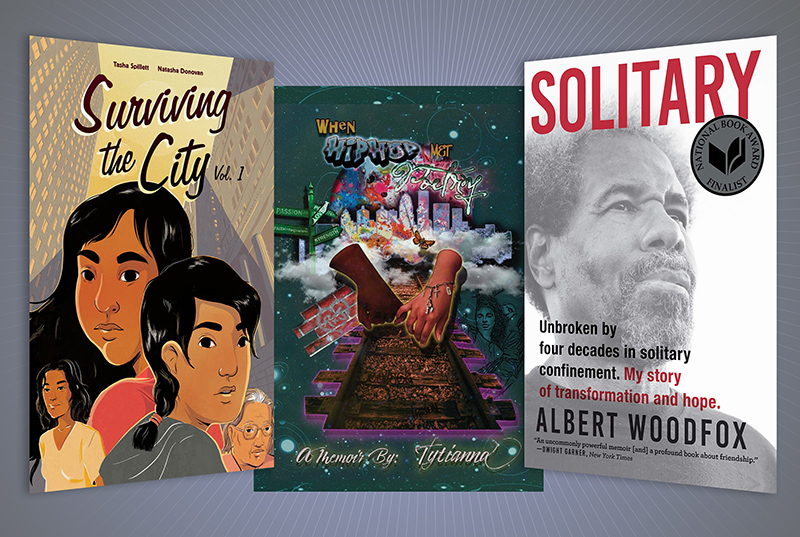
It’s the “lumping” you speak of that seems insane to me. She really just seems to be unaware of the middle grade/YA distinction. Which is not uncommon, but is really pretty ridiculous for such an “expert.”
I agree that lumping together middle grade and YA in the way Tatar did is ridiculous. Also agree that it really does seem Tatar did not actually read THE GRAVEYARD BOOK, which very much is in that classic vein she pines after.
BUT WAIT A SECOND. Maybe she’s not so far off to lump the two together. In the school visits that I’ve done, I’ve come across teachers reading aloud from THE HUNGER GAMES to kids who are in 3rd, 4th, 5th grade! It’s not uncommon for 5th grade girls to read the TWILIGHT series! Unscientific, anecdotal evidence confirms: What’s marketed as YA nevertheless trickles down to the MGs if it’s popular enough. Kids want to read the “it” book, regardless of whether it’s MG like early Harry Potter or YA like HUNGER GAMES. We might call something YA de jure, but if it gets popular enough, it becomes MG de facto. Shorter: YA may be intended for YAs but it is being read by MGs. So let’s not pile on too much for lumping YA and MG together.
Exactly: I very much agree with your friend. Come at this from a different angle – instead of going on about Old Skool It Is Goooone, maybe let’s explore why that might be… the world has changed, and with it, literature changes, and what is being written and what our choices are, in terms of young adult lit.
I just don’t want to be so reactionary anymore – part of the YA they-prick-us-and-we-hemorrhage-fountains group. I’m taking this as a thought-provoking piece and going my way with it.
Anyway, I’m glad someone loves Barrie and Carroll still. They need the love.
I have to agree with Mr. Kennedy; for some reason, high school students are encouraged to bypass YA literature for things that I would consider more appropriate for college (my children are currently reading East of Eden and The Canterbury Tales), and middle school students are being given John Green and Ellen Hopkins. That’s why 3rd graders are reading The Hunger Game and Holes. As for the whole “everything is too dark” argument, I can only reply “The Romans thought that civilization was going to hell in a handbasket as well.” It is ever thus.
True. Though in the case of the Romans, it sort of did.
I was talking about darkness in young adult literature with our young adult librarian, and she said, “The thing nobody’s pointed out is that teenagers read differently than adults or children, and they can handle stuff that’s too dark for us.” This seemed to make a lot of sense to me–when I was a teenager, I read very dark stuff. I also read and reread MADAME BOVARY and ANNA KARENINA–I found them romantic and enthralling. Now they are so sad that I can scarcely bear them.
I think part of what fuels the darkness of young adult literature is the fact that it is the adolescent’s job to find out all the things that well-meaning adults have edited out; to peer around the scenery to see backstage. There’s an exhilaration in this. And because the empathy of young adults isn’t fully developed, they are sometimes able to relish what might turn an adult’s sensitive stomach.
I also think it’s important to make a distinction between dark FANTASY (which is fantasy, which is symbolic, picturesque, and cathartic) and dark fiction. Both children and young adults crave monsters, because they look forward to seeing them vanquished. There are few children who are eager to read about poverty, long-term illness, unredeemed rejection, and permanent loss. Vampires are one thing: cancer is another.
I think that Anonymous has a good point: when my oldest read Twilight (at age 11), she didn’t get the same things out of that I did, and what bothered me didn’t bother her. That said, it was also a good jumping point for discussion on our part. But I can say that because I also read the books; I know many parents don’t read what their kids are reading. Perhaps if they did, instead of just NYT reactions about it, there would be some of these different discussions going on about trends in YA and MG literature.
I found the article strange not so much because of the mashing together of MG and YA fiction (annoying as it was) but because I have several of Maria Tartar’s annotated fairy tale books, use them often, and have never detected the squeamishness and sentimentality she exhibited in the NYT.
This is from the preface of The Annotated Brother’s Grimm;
“These days, parents searching for bedtime reading come across such titles as One-Minute Fairy Tale or Time for Bed, Oliver! In our haste to use stories as devices for getting children to go to sleep, we forget that the tales are meant to provide opportunity for dialogue and discussion. They create a quiet space at the end of the day, one that frees us and our children from the rapid pace of a culture that relentlessly bombards us with new images and sensations. And they allow us, by proxy, to digest the events that have taken place in the course of the day. These are stories meant to slow us down, and commentary and illustrations should invite readers to ponder different ways of reading what takes place in the tales.”
This about a collection of tales that includes “The Juniper Tree,” in which a wicked stepmother cuts off her stepson’s head, chops him up and serves him in a stew to his father. Or the version of “Cinderella” in which the stepsisters hack off pieces of their own feet to fit into Cinderella’s shoe and eventually have their eyes plucked out by vengeful birds. Or “The Goose Girl,” in which the villain is stripped naked, shoved into nail-studded barrel, and dragged through the streets until she’s dead.
So how can Tartar write, as she does in the article, that “the savagery we offer children today is more unforgiving than it once was”? And, “Instead of stories about children who will not grow up, we have stories about children who struggle to survive”? Really? Tell that to The Girl Without Hands. Talk about adult anxieties edging out childhood fantasy.
Perhaps the problem is that I’m not quite sure what she means when she uses the word “children” in either the preface to Grimm’s OR the article. Is she talking about 5-year-olds? 10-year-olds? 15-year-olds? Anyone under the age of 18? I wouldn’t read “The Juniper Tree” to my 7-year-old niece, but I wouldn’t be worried if she read it as a teenager. And if I were worried, wouldn’t I take Tartar’s original suggestion and discuss it?
Oh my. I meant Maria TATAR. Not Tartar.
Maria Tatar is right now on “On Point” and it will be available soon for the listening public.
http://onpoint.wbur.org/2011/10/11/peter-pan-turns-100
In my only two years as a middle school librarian I can tell you that kids are really smart about what they read. They know what they can handle and what they can’t. I had a girl tell me The Emerald Atlas was too scary for her so she stopped reading it. Fine, she will be ready someday.
And a lot of them read the lighter stuff that was published years ago, by Judy Blume and Beverly Cleary. Those books are still alive and healthy.
And, thanks to Diary of a Wimpy Kid, there are more and more humorous books being published. I think this is a golden age of publishing for both YA and MG books!
Betsy, you nailed it, and thank you!
I do want to add one comment. After my initial annoyance cooled, I realized that a major source of my irritation with that article was Tatar’s nostalgia *as an adult* for certain children’s classics. It was that which seemed to drive her to condemn, on the basis of very few examples, what she sees in today’s children’s literature. But does she really expect children’s book authors to keep writing the same books over and over, and not respond to the changes in our society? Children’s and YA books aren’t written for adults. They are written for children and teens….
Carroll not dark?!? I’ve never been able to read it (as an adult) or even watch the movies because of it’s darkness. While it may not seriously focus on death, one cannot help thinking of drugs when trying to make sense of it. Then there are the true versions of the fairy tales, already mentioned. But Disney has made us forget Ariel dies in the original Little Mermaid, and The Hunchback of Notre Dame was never, ever intended to be a children’s story.
The point I haven’t seen mentioned yet is that in the earlier period Tatar mentions, children were expected to read some very heavy duty books, very young. Shakespeare’s tragedies, Homer – like that. Just cause they weren’t originally intended for children doesn’t mean children weren’t reading them.
I recently read, for the first time, one of the titles on the 1900 list. Robinson Crusoe was one of the most savage stories I’ve ever read. Had I read it as a child, I surely would have suffered nightmares!
I can’t get past the “No other writers more fully entered the imaginative worlds of children — where danger is balanced by enchantment — and reproduced their magic on the page” line. Gaiman seems to see into children’s imaginary worlds quite deeply, and I can’t think of another writer who balances danger and enchantment quite so exquisitely. “The Graveyard Book” is an amazingly bad example for her argument, as many of you have already pointed out.